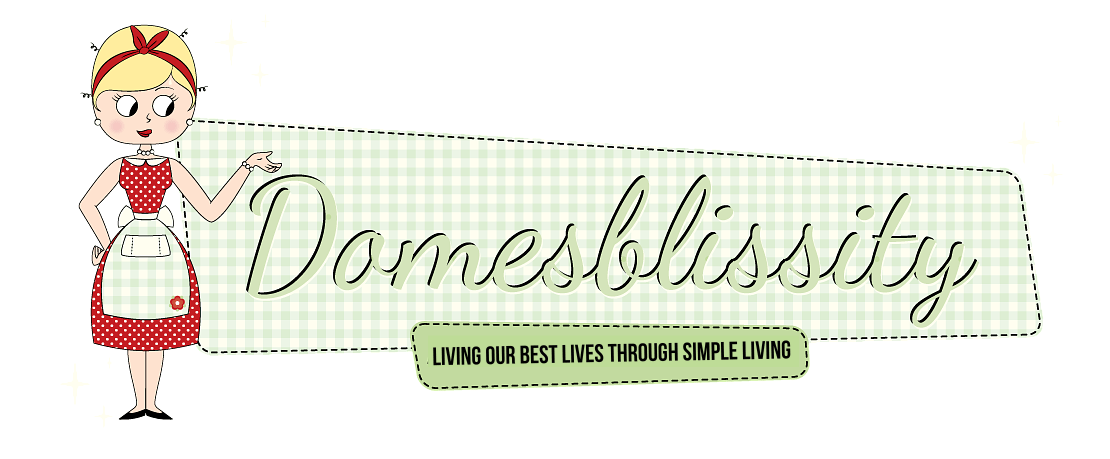Here are 5 materials and equipment to prepare before building your greenhouse.
A greenhouse is a structure with walls and a roof made of transparent material. It is designed for growing plants that require controlled climatic conditions. A greenhouse is a great way to protect and sustain the needs of growing plants and vegetables in your backyard.
There are different types of greenhouses, ranging from tiny sheds to massive buildings. If you’re interested in building a greenhouse, you can find many different inspirations from websites like Maze greenhouses. Before you can build a greenhouse, you need to prepare all the materials and equipment you need. Here is a list of some of those needed:
1. Foundation Material
The foundation is an integral part of the greenhouse. Ensure that the ground is level so your greenhouse will be stable during storms and anchor it down so the structure won’t fall over.
After measuring the space, you should prepare the soil underneath the greenhouse. After this, you should add material on top of the soil to fill the gap. Ideally, you should use three to four inches of material, such as sand, cement, or a concrete mix.
Once the ground is level, you can cover the ground with slabs. In some cases, a concrete slab will be enough for your greenhouse foundation.
2. Framing Materials
Once you’ve chosen your foundation material, you need a frame to hold the greenhouse together. You can use wood or metal for framing.
For the best results, wood should be treated with pressure-treated lumber. For durability, you may also want to consider galvanized steel or aluminum.
For a more affordable framing material, you can use inexpensive PVC piping. Regardless of the type of material you choose, you should ensure that it is strong enough to withstand the greenhouse’s temperature and the weather.
3. Glazing Materials
Glazing materials cover the greenhouse frame and there are several types of it. For example, acrylic is one of the most common and widely used for greenhouse glazing. It is flame retardant, high impact-resistant, UV-stabilized, and has excellent clarity and transmittance properties.
Its textured surface is easy to clean and reduces condensation drips. Some also use glass or polycarbonate materials.
It would be best if you considered different factors when choosing the most appropriate glazing material for your greenhouse. It will depend on your location and the plants you want to grow.
This is because plants usually grow receiving 75 percent of available light. If you live in a hot summer area, you need a glazing material that regulates the light entering the greenhouse.
Most greenhouse builders would choose polycarbonate glazing material for hot weather. This is because the insulation ability of this material is high, and it helps maintain the temperature inside the greenhouse. It also doesn’t experience problems with shattering condensation, unlike glass materials.
4. Flooring Materials
The right greenhouse flooring can make the difference between a successful and a failed greenhouse. This is because choosing the best flooring material will offer sufficient drainage, insulation, durability, and easy maintenance.
It also serves as a weed barrier to keep these harmful plants out of your greenhouse. Choosing the best flooring also plays a significant role in managing the overall atmosphere of the greenhouse, whether you’re designing it on your own or following some DIY greenhouse plans.
A concrete slab is a good option for greenhouse flooring. It’s easy to clean and will keep your plants warm. You can also use gravel or a plastic mix to create a low-cost greenhouse floor. This type of flooring also keeps out rodents and improves drainage. You can also use a porous plastic cover to prevent weed growth and let the moisture soak through.
Bricks and lumber can help contain gravel if you work with a small greenhouse. You can also install commercial vinyl flooring in a greenhouse. It is usually polypropylene and polyvinyl, the two most popular materials for constructing floors.
5. Ventilation Equipment
Proper ventilation is crucial for the health and growth of plants. It also helps regulate and manage the condition inside the greenhouse even when the weather outside isn’t favorable. That’s why it’s also important to have ventilation equipment for your greenhouse.
There are two basic types of greenhouse ventilation: natural and mechanical. Natural ventilation relies on the natural forces of wind and thermal buoyancy to circulate air and heat in a greenhouse. In contrast, mechanical ventilation uses fans and mechanical devices to control airflow.
A mechanical ventilation system is more convenient since they are automated. It can help maintain the ideal temperature for your plants regardless of the weather outside.
Final Thoughts
If you want to live sustainably, having a garden shed and a greenhouse that ensures your produce is growing no matter the season is a great investment.
Besides the obvious financial benefit of growing your fresh produce, it also allows you to help the environment. If you’re planning to build a greenhouse in your home, you need to take note of the materials and equipment mentioned above. They will ensure that your greenhouse is sturdy and safe enough to maintain your plants’ growth.







